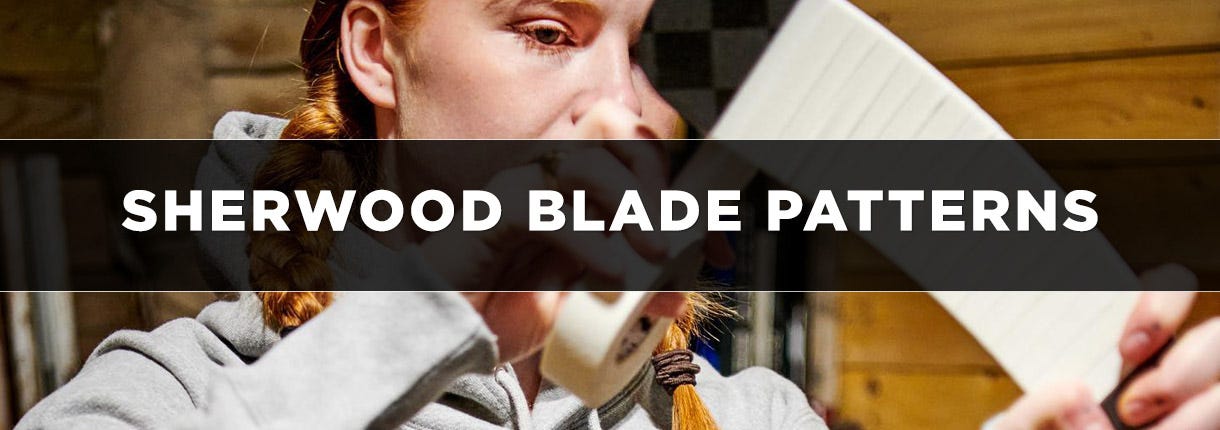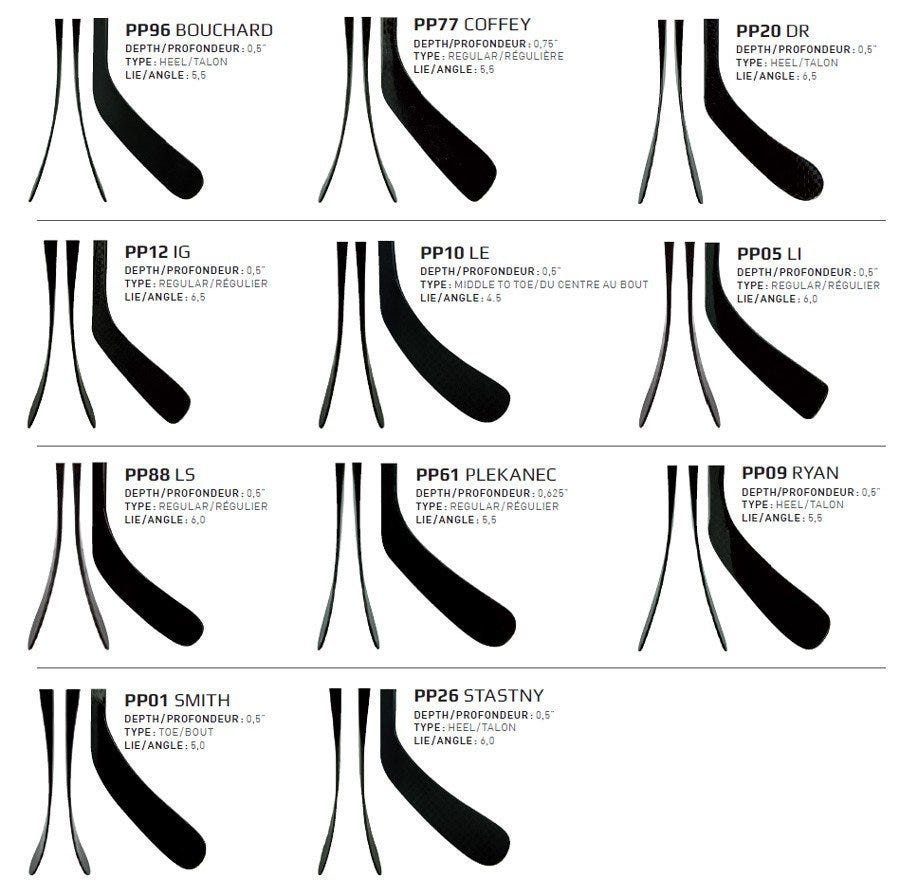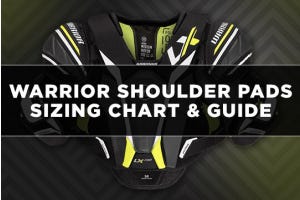Sher-Wood Curve and Blade Pattern Chart

In the realm of hockey equipment, the importance of proper sizing cannot be overstated. From sticks to skates, the right fit can significantly impact performance, efficiency, and safety on the ice. Specifically, when it comes to hockey sticks, understanding the nuances of curve and blade pattern charts is essential for players of all levels. A well-suited stick can enhance control, puck handling, and shooting accuracy, while an ill-fitted one can hinder these crucial aspects of gameplay. Navigate through our comprehensive guide to Sherwood's curve and blade patterns to ensure you're equipped with the knowledge needed to excel on the ice.
- Understanding the Importance of Stick Sizing and Patterns
- Sherwood Curve and Blade Pattern Size Chart Guide
- Navigating the Sherwood Curve Chart
- The Comprehensive Sherwood Blade Pattern Chart
- Step-by-Step Guide to Sizing Your Sherwood Hockey Stick
- Common Mistakes to Avoid in Stick Selection
- FAQs on Sherwood Curve & Blade Pattern Chart & Guide
Understanding the Importance of Stick Sizing and Patterns
Selecting the appropriate hockey stick size and blade pattern is paramount for any player striving to optimize their performance. The right stick size and pattern can significantly influence control, maneuverability, and shooting accuracy on the ice. Whether you're a seasoned pro or just starting, understanding how these elements impact gameplay is crucial for honing your skills and maximizing your potential.
Sherwood Curve and Blade Pattern Size Chart Guide
Sherwood provides a size chart that recommends stick length based on your height and playing style (aggressive, recreational, etc.). Consult the Sherwood size chart to find the recommended length based on your measurements.

Sher-Wood Blade Pattern Chart
| Pattern | Curve Depth | Curve Type | Face Angle | Lie | Toe Shape | Easton Equivalent |
|---|---|---|---|---|---|---|
| Bouchard P96 | 0.5" | Heel | Neutral | 5.5 | Round | Zetterberg |
| Coffey P77 | 0.75" | Regular | Open | 5.5 | Round | Chara |
| DR PP20 | 0.5" | Heel | Slightly Open | 6.5 | Round | Drury |
| IG PP12 | 0.5" | Regular | Slightly Open | 6.5 | Round | Heatley |
| LE PP10 | 0.5" | Middle to Toe | Open | 4.5 | Round | --- |
| LI PP05 | 0.5" | Regular | Open | 6.0 | Square | Getzlaf/Lidstrom |
| LS PP88 | 0.5" | Regular | Open | 6.0 | Round | Iginla |
| Plekanec PP61 | 0.625" | Regular | Open | 5.5 | Round | --- |
| Ryan PP09 | 0.5" | Heel | Open | 5.5 | Round | --- |
| Smith PP01 | 0.5" | Toe | Open | 5.0 | Round | Roy/Gaborik |
| Stastny PP26 | 0.5" | Heel | Open | 6.0 | Round | Sakic |
Please Note: Sizing information is provided by the manufacturer and does not guarantee a perfect fit.
Navigating the Sherwood Curve Chart
Sherwood hockey sticks, like most brands, offer a variety of curves to cater to different playing styles and preferences. To understand Sherwood's curve system, let's delve into the key features that define their curves.
Key Features of Sherwood Stick Curves
Three key aspects define a Sherwood stick curve: lie, depth, and angle.
- Lie: This refers to the angle between the shaft and the blade at the bottom of the stick. A lower lie angle positions the blade more flat on the ice, ideal for players who like to lift the puck for quick dangles and passes. Conversely, a higher lie angle keeps the blade more upright, facilitating powerful slapshots.
- Depth: This refers to how much the blade curves away from the shaft. A deeper curve provides better puck control for deking and dragging moves, while a shallower curve allows for easier puck lifting and slap shots.
- Angle: This refers to the direction of the curve's facing. An open face curve angles outwards, facilitating backhand shots and passes, while a closed face curve angles inwards, offering better control for forehand plays.
How to Match Your Play Style with the Right Curve
The ideal curve for you depends on your playing position and style. Generally, forwards favor curves with a lower lie and deeper pocket for better puck handling, while defensemen might prefer a higher lie and shallower curve for booming slapshots.
The Comprehensive Sherwood Blade Pattern Chart
Sherwood offers a variety of blade patterns, each designed to excel in specific areas.
Breakdown of Blade Patterns
Sherwood's blade patterns come in various designations, each with its own strengths. Some popular Sherwood patterns include:
- Point: A versatile option with a balanced curve, ideal for all-around play.
- Mid Kick: Offers a good balance between shooting power and puck handling.
- Low Kick: Features a deeper loading zone for maximum power on slap shots.
- Heel Curve: Designed for smooth puck handling and accurate passing.
Selecting the Perfect Blade Pattern for Your Needs
The best way to choose your blade pattern is to consider your playing style and desired on-ice performance. For players who prioritize shooting power, a low-kick point might be ideal. Conversely, players who value puck control and quick releases might prefer a mid-kick or heel curve pattern.
Step-by-Step Guide to Sizing Your Sherwood Hockey Stick
A properly sized stick should allow for good posture and optimal range of motion. Here's how to measure yourself for the perfect Sherwood stick fit:
Step 1: Measure Your Height and Weight
To start, stand upright against a wall and measure your height. Next, weigh yourself to determine the appropriate stick length and flex.
Step 2: Measure Your Hand Size
Wrap a measuring tape around the widest part of your dominant hand to determine the appropriate grip size for your stick.
Expert Tip:
If you fall between sizes, it's generally recommended to choose the shorter stick for better maneuverability and puck control.
Common Mistakes to Avoid in Stick Selection
Here are some common mistakes to avoid when choosing your Sherwood hockey stick:
Mistake 1: Relying solely on height
Playing style and preference also play a role in selecting the optimal size.
Mistake 2: Neglecting curve and pattern
Consider your playing style and desired on-ice performance when choosing a curve and blade pattern.
Mistake 3: Focusing only on flex
While flex is important, prioritizing the right size, curve, and pattern is crucial for overall performance.
Mistake 4: Not trying before you buy
Whenever possible, try out different stick sizes, curves, and flexes to find the one that feels most comfortable and allows for optimal performance.
FAQs on Sherwood Curve & Blade Pattern Chart & Guide
How do I know if I need a left or right curve?
Determine if you need a left or right curve by assessing which hand you use to hold the stick at the top when skating forward; if it's your left hand, you likely need a left curve, and vice versa.
Can younger players use adult-sized sticks effectively?
Younger players can effectively use adult-sized sticks, but they may find them too long or heavy initially, so consider factors like height, strength, and skill level.
What is the best way to test a stick's curve and flex before purchase?
Test a stick's curve and flex before purchase by flexing it against the ground or a solid surface to gauge its stiffness and examining the blade's curve visually or by running a puck along its edge.
How can I tell when it’s time to replace my Sherwood stick?
Replace your Sherwood stick when it exhibits significant wear, such as cracks, chips, or loss of responsiveness, affecting your gameplay and shot accuracy.









Login and Registration Form
or
Create an account